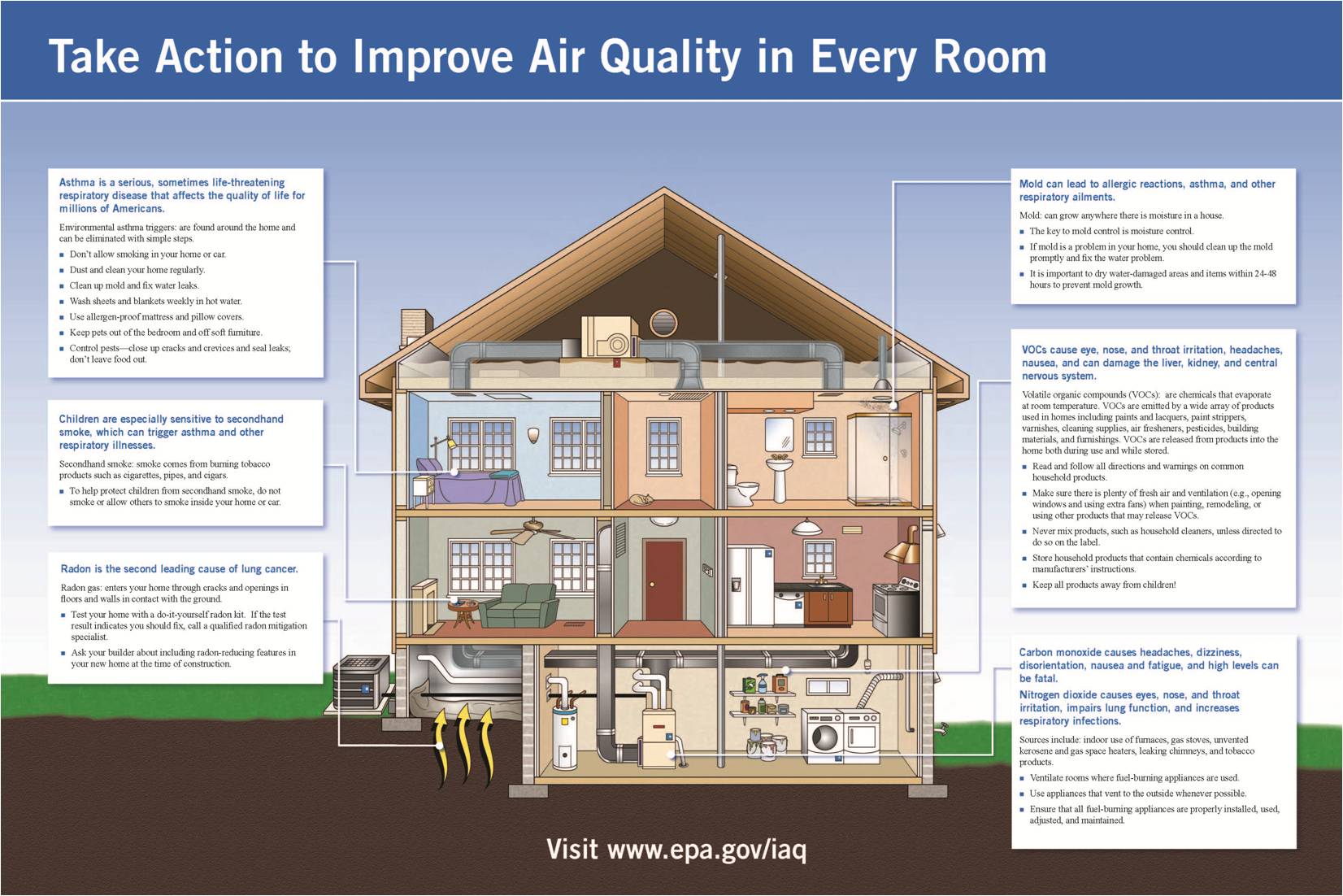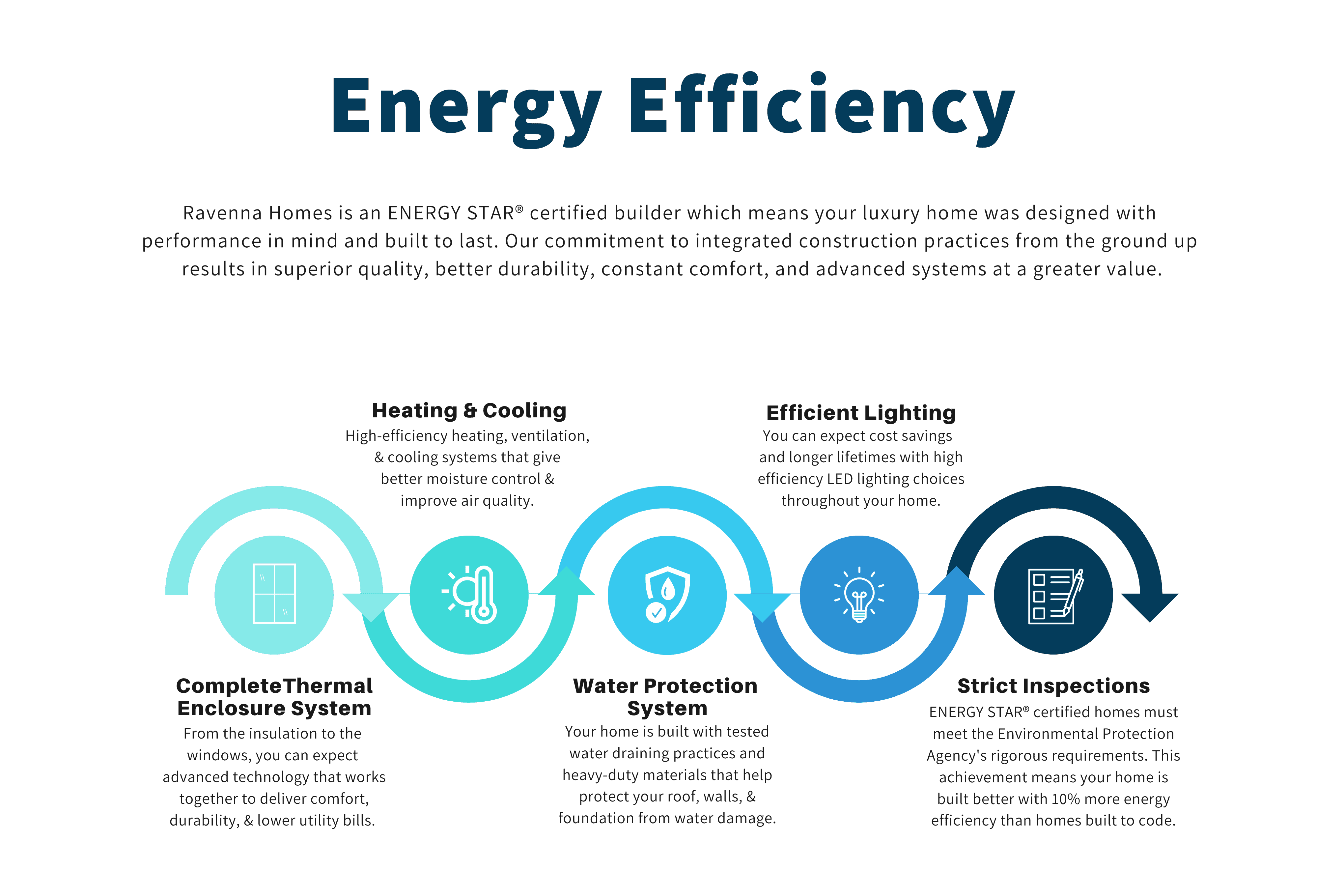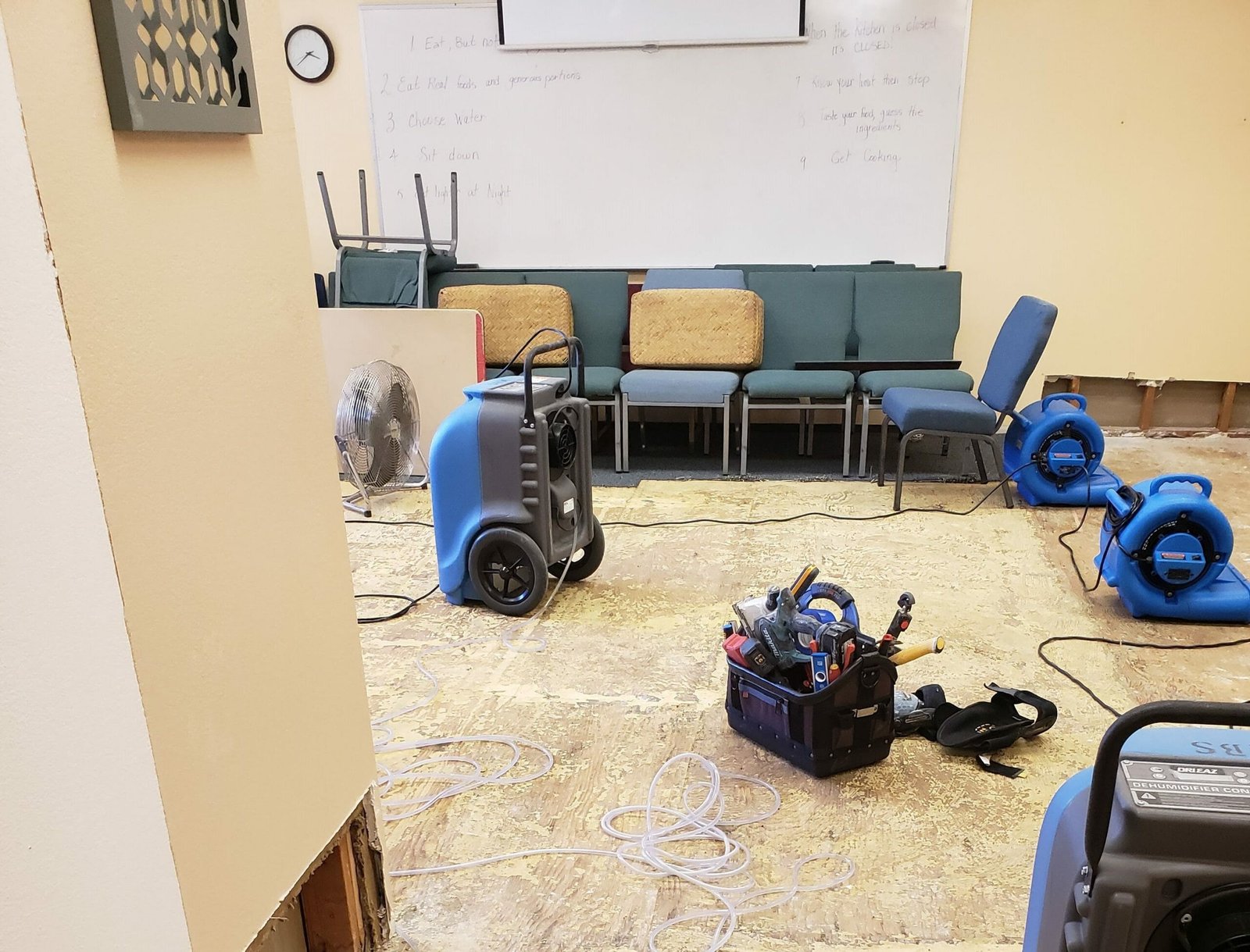Improving air quality in homes with water damage starts with addressing moisture. Remove standing water and dry out the area quickly.
Water damage can severely impact the air quality in your home. Mold, mildew, and bacteria thrive in damp conditions, posing health risks. Addressing water damage promptly is crucial. This guide will help you understand the steps to improve air quality in your home.
From drying out affected areas to using air purifiers, you will learn effective strategies. These measures can help you create a healthier living environment. Stay tuned to discover how you can breathe easier and live healthier, even after water damage.
Identifying Water Damage
Water damage can seriously affect the air quality in your home. It is crucial to identify and address it promptly. Recognizing the signs early can help prevent further issues.
Common Signs
Water damage can manifest in various ways. Here are some common signs to look for:
- Discoloration on walls or ceilings
- Peeling paint or wallpaper
- Warped flooring
- Musty odors
- Visible mold growth
These signs can indicate water is present where it should not be. Taking action quickly can save you from bigger problems down the road.
Impact On Air Quality
Water damage can lead to poor air quality. Here is how it affects the air you breathe:
| Issue | Description |
|---|---|
| Mold Growth | Mold spores can spread through the air, causing respiratory problems. |
| Dust Mites | Moisture can create a habitat for dust mites, which trigger allergies. |
| Odors | Musty smells can linger, reducing overall air quality. |
Mold and dust mites are common in homes with water damage. These can cause health issues like asthma and allergies. Addressing water damage promptly can help maintain a healthy living environment.

Credit: tempacurehvac.com
Immediate Actions
Water damage in homes can significantly affect air quality. Taking immediate action is crucial to prevent mold and other harmful contaminants. Here are some essential steps to improve air quality in homes with water damage.
Stopping Water Source
Identify and stop the source of water immediately. This could be a leaking pipe, a broken appliance, or roof damage. Use shut-off valves to cut off water supply to the affected area. If the damage is due to natural flooding, ensure all family members are safe before addressing the water source.
Drying Affected Areas
After stopping the water source, the next step is to dry the affected areas. Use high-powered fans and dehumidifiers to speed up the drying process. Here’s a quick list of items that can help:
- Fans
- Dehumidifiers
- Wet/Dry Vacuums
- Absorbent Materials
Ensure all surfaces, including carpets and walls, are completely dry. This prevents mold growth, which can worsen air quality. Remember, mold can start growing within 24-48 hours, so act fast.
Consider removing water-damaged items that cannot be dried quickly. This includes wet carpets, furniture, and other absorbent materials. This helps in preventing mold and mildew from spreading.
| Step | Action |
|---|---|
| 1 | Identify and stop water source |
| 2 | Use fans and dehumidifiers |
| 3 | Remove water-damaged items |
By following these immediate actions, you can significantly improve the air quality in your home after water damage.
Removing Mold And Mildew
Water damage can lead to mold and mildew growth in homes. This not only damages the structure but also affects the air quality. Removing mold and mildew quickly is essential to maintaining a healthy living environment. Let’s explore the health risks and effective cleaning methods.
Health Risks
Mold and mildew can cause several health issues. These include:
- Respiratory problems like asthma
- Allergic reactions
- Eye irritation
- Skin rashes
People with weak immune systems are at higher risk. It is crucial to address mold and mildew promptly to prevent these health problems.
Effective Cleaning Methods
To remove mold and mildew, follow these steps:
- Wear protective gear: gloves, masks, and goggles.
- Identify and fix water leaks.
- Use a mixture of water and detergent to scrub affected areas.
- For stubborn mold, apply a solution of one cup bleach to one gallon of water.
- Ensure proper ventilation during the cleaning process.
- Dry the area completely after cleaning.
Using these methods can help in removing mold and mildew effectively. This will improve air quality and create a healthier home environment.

Credit: www.ravennahomes.com
Ventilation Strategies
Ventilation is crucial to improve air quality in homes with water damage. Proper ventilation helps remove moisture and prevents mold growth. It also ensures a constant flow of fresh air, which is essential for a healthy living environment.
Importance Of Fresh Air
Fresh air is vital in any home, especially after water damage. Stagnant air can trap moisture, leading to mold and mildew. These can cause health issues like allergies and respiratory problems. Fresh air helps dispel these pollutants, creating a safer living space.
Using Fans And Dehumidifiers
Fans and dehumidifiers are effective tools for improving air quality. Fans help circulate air, reducing moisture levels. Place them in areas affected by water damage to speed up drying. Use ceiling fans, box fans, or oscillating fans for best results.
Dehumidifiers extract excess moisture from the air. This prevents mold and mildew growth. Choose a dehumidifier suited for the size of your space. Run it continuously until the humidity levels drop to a safe range. Regularly empty and clean the water reservoir to maintain efficiency.
Air Purification
Water damage in homes can lead to poor air quality. This can cause health problems for you and your family. One way to improve air quality is through air purification. Air purifiers can help remove harmful particles from the air. This makes your home a safer place to breathe.
Types Of Air Purifiers
There are several types of air purifiers available. HEPA filters are popular and effective. They remove 99.97% of particles. Activated carbon filters absorb odors and chemicals. UV purifiers kill bacteria and viruses. Each type has its benefits. It’s important to choose the right one for your home.
Choosing The Right Filter
Choosing the right filter is crucial. HEPA filters are best for removing dust and allergens. If you have strong odors, use an activated carbon filter. UV purifiers are good for killing germs. Consider your specific needs. Check the filter’s lifespan and replacement cost. Make sure the purifier is the right size for your room. A good filter can make a big difference.

Credit: blog.medifyair.com
Regular Maintenance
Regular maintenance plays a crucial role in improving air quality in homes with water damage. Regular upkeep helps prevent further damage and ensures a healthier living environment.
Routine Inspections
Conducting routine inspections can help identify potential issues early. Inspect your home for signs of mold, mildew, or water leaks. Check areas like the basement, attic, and under sinks. Early detection can prevent serious damage and improve air quality.
Consider using a checklist for your inspections:
- Check for visible mold growth.
- Inspect for musty odors.
- Look for water stains on walls and ceilings.
- Examine the condition of windows and doors.
Preventive Measures
Taking preventive measures can help maintain good air quality. Use dehumidifiers to control moisture levels. Ensure proper ventilation in all rooms. Clean and replace air filters regularly.
Here are some preventive steps:
- Install exhaust fans in bathrooms and kitchens.
- Use a hygrometer to monitor indoor humidity.
- Fix leaks and drips promptly.
- Maintain your HVAC system.
These measures can significantly improve the air quality in your home.
Professional Help
Water damage can cause serious air quality issues in your home. While some steps can be taken on your own, professional help is often necessary. Experts have the tools and knowledge to handle complex situations.
When To Call Experts
Call experts if you see mold growth. Mold is a major health risk. If you smell a musty odor, it could indicate hidden mold. Water stains on walls or ceilings also signal a need for professional help. These signs mean the problem is beyond DIY solutions.
Services Offered
Experts offer mold inspection and remediation. They identify and remove mold safely. They also provide air purification services. This helps to remove harmful particles from the air. Water damage restoration is another key service. This includes drying, cleaning, and repairing affected areas. Professionals ensure your home returns to a healthy state.
Long-term Solutions
Long-term solutions help improve air quality in homes with water damage. They provide lasting benefits and reduce the risk of mold and dampness. Addressing these issues ensures a healthier living space for everyone.
Upgrading Hvac Systems
Upgrading HVAC systems improves air circulation and filtration. Install high-efficiency filters to trap dust, mold, and other particles. Regular maintenance and cleaning of ducts prevent the buildup of contaminants.
Consider adding a dehumidifier to the HVAC system. It reduces moisture levels and prevents mold growth. Smart thermostats can also help maintain consistent indoor humidity levels.
Waterproofing Basements
Waterproofing basements stops water from entering your home. Seal cracks in walls and floors with waterproof sealant. Install a sump pump to remove water that collects in the basement.
Ensure proper drainage around the home’s foundation. Clean and maintain gutters and downspouts to direct water away. Installing a vapor barrier can also help keep moisture out.
Frequently Asked Questions
How Does Water Damage Affect Air Quality?
Water damage promotes mold growth, which releases spores into the air. These spores can trigger allergies and respiratory issues, lowering indoor air quality.
Can Air Purifiers Help With Water Damage?
Yes, air purifiers can remove airborne mold spores and other contaminants. This helps improve air quality after water damage.
What Are Signs Of Poor Air Quality?
Signs include persistent musty odors, visible mold, and increased allergy symptoms. These indicate poor air quality due to water damage.
How To Prevent Mold After Water Damage?
Dry affected areas within 24-48 hours. Use dehumidifiers and fans to reduce moisture. Regularly inspect for leaks.
Conclusion
Improving air quality in homes with water damage is crucial. Start by addressing the source of moisture. Use dehumidifiers to reduce humidity levels. Clean and dry affected areas promptly. Opt for air purifiers with HEPA filters. Maintain regular HVAC maintenance.
Ventilate your home well by opening windows. Consider using mold-resistant products. Regularly inspect for signs of mold growth. Good air quality keeps your home healthy and safe. Implement these steps to breathe easier. Your home will feel fresh and comfortable again.
Rakib Sarwar is a Registered Pharmacist and a reputed health and wellness blogger. He has a great interest in Air purifiers.
